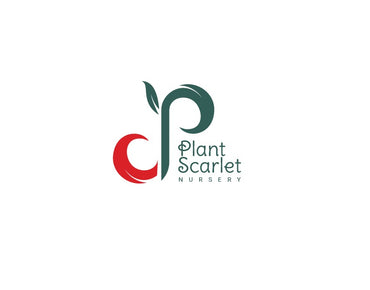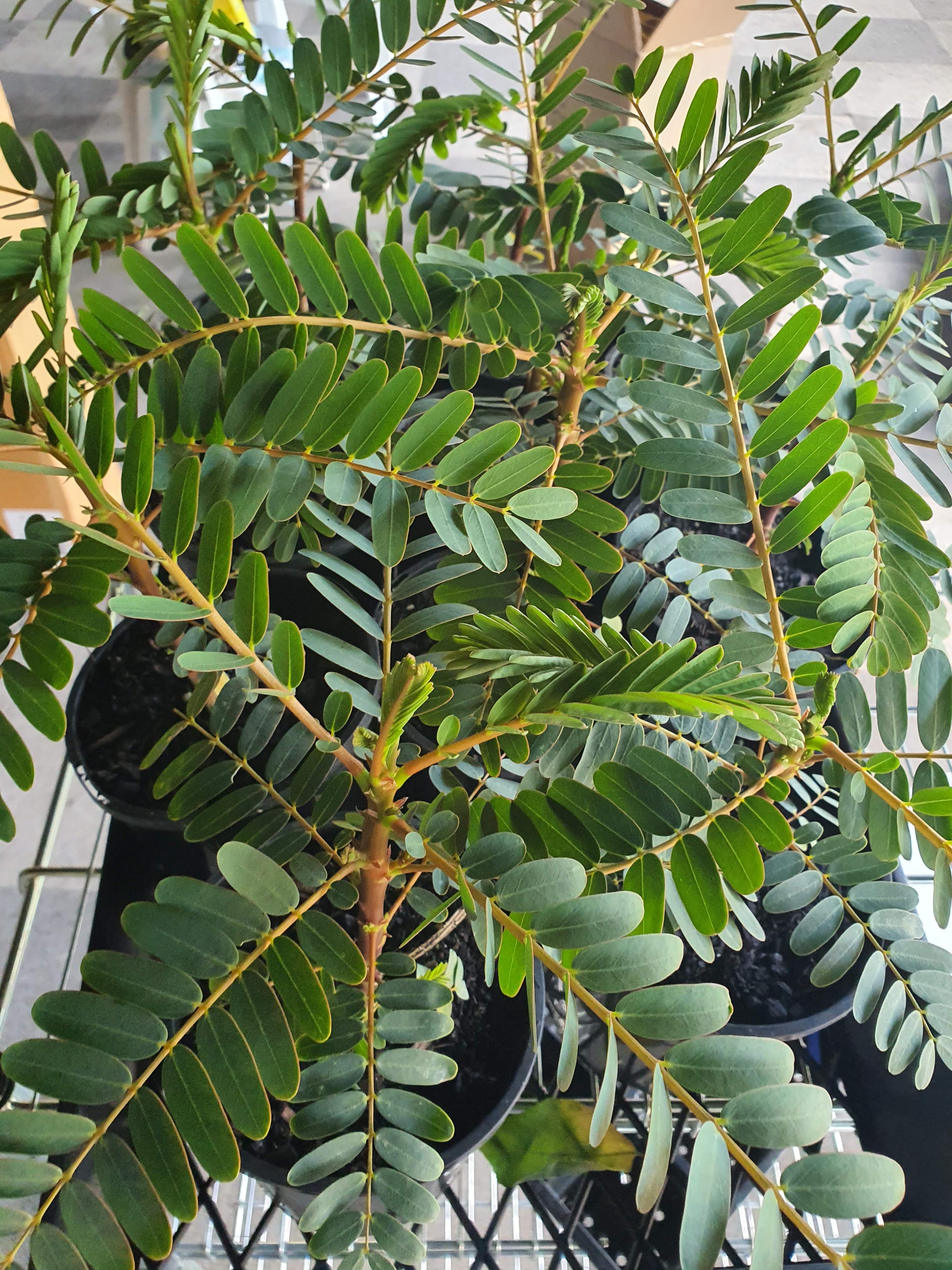Description
Humming Bird Plant for Small Garden
The Hummingbird Plant is a long term that typically refers to flowering plants that attract hummingbirds due to their vibrant, tubular flowers rich in nectar. These plants are known for their brightly coloured flowers—often red, orange, or pink—that appeal to hummingbirds. They also tend to have long-lasting blooms, making them excellent add on to gardens aiming to attract wildlife.
Growing Specifications:
- Height: Varies by species, but typically ranges from 1 to 3 feet tall.
- Spread: Can spread 1 to 2 feet, depending on the plant.
- Bloom Time: Usually blooms in late spring to summer.
- Flower Color: Normally red, orange, pink, or purple.
- Hardiness Zones: Generally, they thrive in hot condition.
- Type: Perennial, although some species are grown as annuals in cold climates.
Suitable Gardens:
- Wildlife Gardens: Perfect for attracting pollinators, specifically hummingbirds, bees, and butterflies.
- Pollinator Gardens: If you want to create an eco-friendly garden, the Hummingbird plant is a good addition.
- Butterfly Gardens: Hummingbirds and butterflies mostly share similar nectar sources.
- Drought-Tolerant Gardens: Once established, they can tolerate any dry conditions well.
- Native Plant Gardens: Many varieties of Hummingbird plants, such as certain Salvia species, are native to the U.S. and thrive in native plant gardens.
Features and Benefits:
- Attracts Pollinators: The primary benefit of the Hummingbird plant is its ability to attract hummingbirds and other pollinators such as bees and butterflies.
- Colorful Blooms: The flowers come in striking colours, adding a pop of vibrancy to gardens.
- Low Maintenance: Most species are likely easy to grow and require minimal care once established.
- Long Bloom Period: Most varieties bloom for extended periods, providing continuous colour in your garden.
- Drought-Tolerant: They tend to be hardy plant and drought-resistant, making them ideal for water-conserving gardens.
- Variety: They come in a variety of sizes, flower colours, and forms, making them versatile for different garden styles.
Growing Requirements:
- Soil: Well-draining, medium rich soil. They prefer slightly acidic to neutral pH.
- Light: Full sun is ideal for most varieties, although some may tolerate partial shade, especially in hot climates.
- Water: Regular watering is essential, especially during dry spells, but they don't like to sit in over-watering.
- Temperature: Hummingbird plants thrive in moderate temperatures. They do best in areas with warm summers but can survive colder winters if mulched or grown as an annual in frost-prone areas.
- Fertilization: Fertilize naturally with a balanced fertilizer, but avoid over-fertilizing, as this can reduce flower production.
- Pruning: Prune back dead or spent flowers and leaves to encourage more blooms, and cut back plants in the late winter or early spring to maintain shape.
Why Choose a Hummingbird Plant?
- Wildlife-Friendly: If you want to create an environment for pollinators, these plants are perfect, as they attract hummingbirds.
- Low Maintenance: These plants are easy to care for and can grow well in many climates, making them ideal for gardeners who want beauty without constant upkeep.
- Aesthetic Appeal: The flowers' vibrant colours can brighten up your garden, making them good for adding visual interest.
- Environmentally Friendly: Hummingbird plants can contribute to a more sustainable garden by boosting natural pollination.
- Seasonal Interest: With long-lasting blooms, they provide colour for a good part of the growing season.

